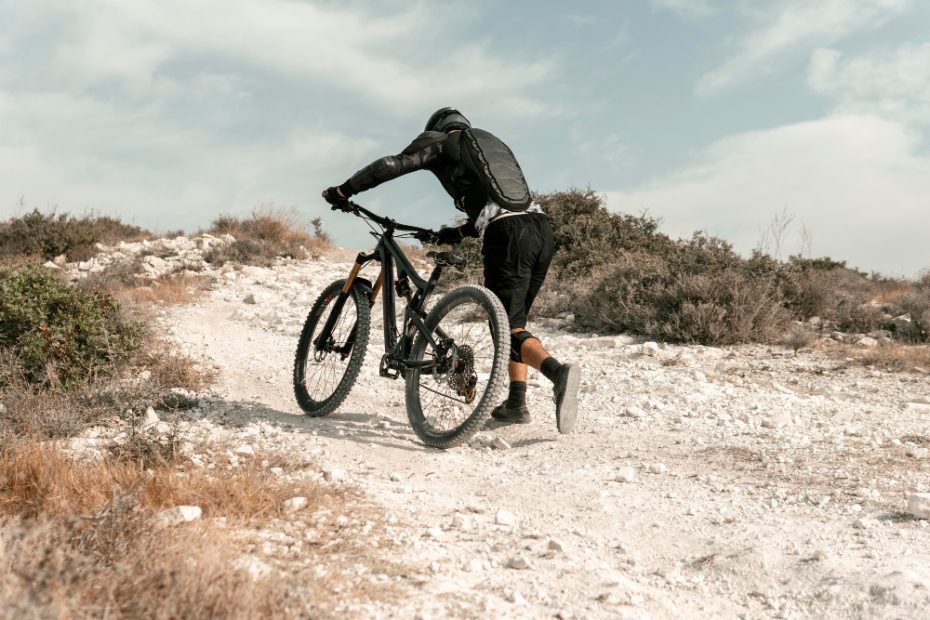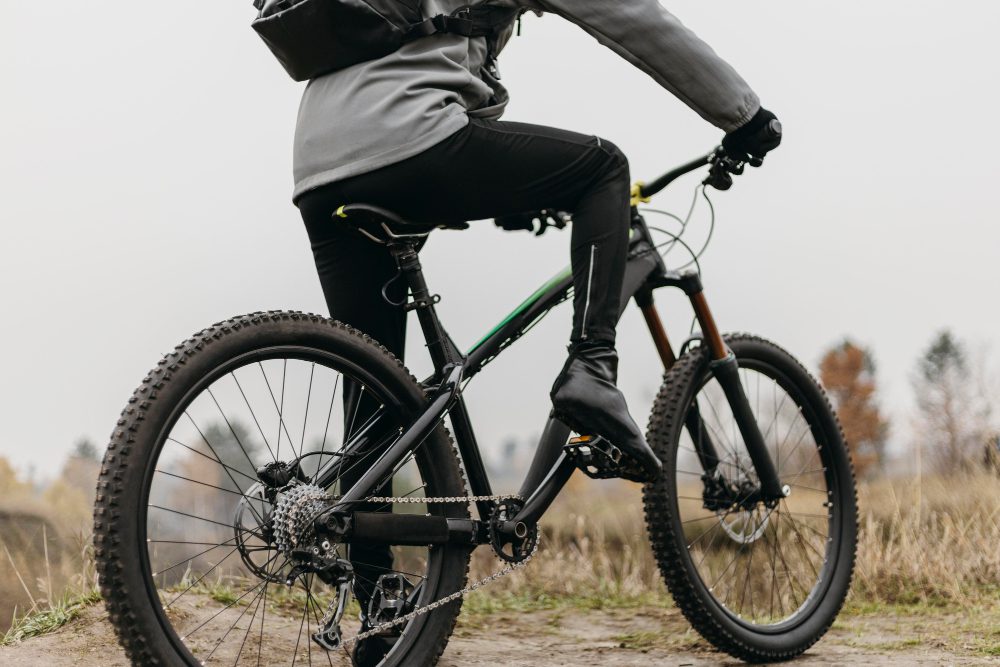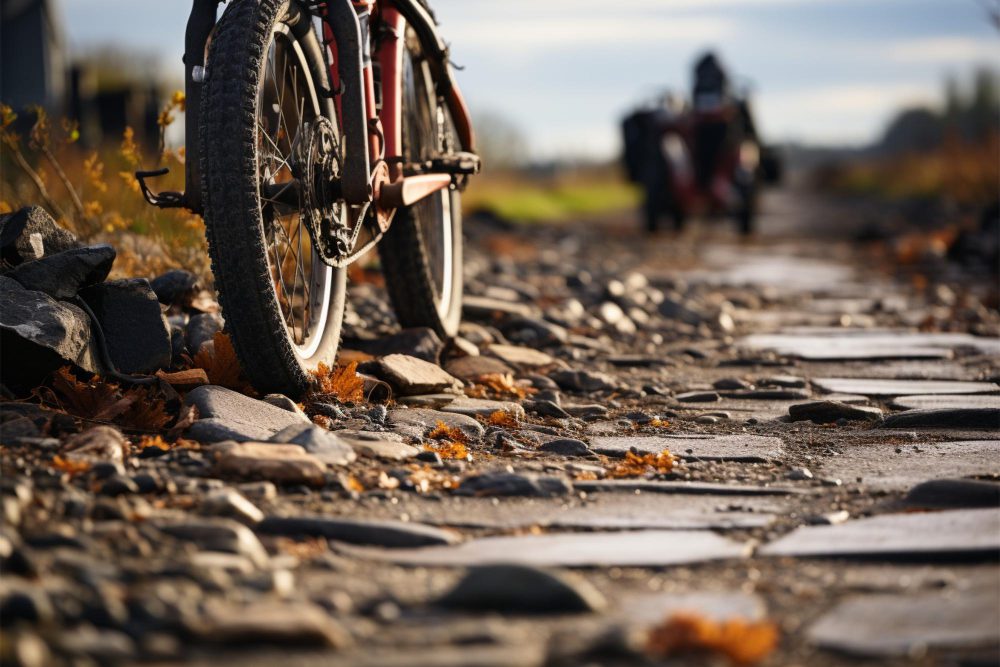Do Cyclocross bikes have gears?
A brief overview
Cyclocross bikes are versatile machines that are designed for off-road use, combining elements of road bikes and mountain bikes. They are commonly used for cyclocross racing, a fast-paced and demanding sport that takes place on a mix of terrains including grass, mud, and gravel. One question that often arises when considering cyclocross bikes is whether or not they have gears.
Yes, Cyclocross bikes have gears!
Cyclocross bikes are equipped with gears, just like most traditional bicycles. These gears allow riders to adjust and optimize their pedaling effort, making it easier to tackle different types of terrain and varying gradients. Having multiple gears on a cyclocross bike is particularly beneficial when encountering steep inclines or navigating through challenging obstacles during races.
Gearing options
The specific gearing setup of a cyclocross bike can vary depending on the rider’s preference and the intended use of the bike. Some cyclocross bikes come with a single-speed setup, which means they have only one gear ratio. This setup is popular among experienced riders who prefer the simplicity and low maintenance requirements of a single-speed bike.
However, most modern cyclocross bikes feature multiple gears, usually in the form of a drivetrain with two chainrings at the front and a cassette with several cogs at the rear. This configuration allows for a wide range of gear ratios, enabling riders to efficiently pedal on both flat surfaces and challenging terrains.
Benefits of gears in cyclocross
Having gears on a cyclocross bike provides several advantages. Firstly, they allow riders to maintain an optimal cadence, which refers to the speed at which they pedal. By adjusting gears, cyclists can match their pedaling rate to the terrain they are traversing, helping them conserve energy and ride more efficiently.
Gears also provide the ability to accelerate quickly when needed, especially during race starts or when navigating through tight corners. Being able to shift into a lower gear allows riders to accelerate faster, helping them gain an advantage over their competitors.
Choosing the right gears
The choice of gears for a cyclocross bike depends on various factors such as the rider’s fitness level, the type of terrain they typically encounter, and personal preference. A wider range of gears would be beneficial for those who frequently encounter steep hills or technical sections, while a narrower range might be sufficient for those primarily riding on flatter surfaces.
It is worth noting that while having a broader gear range can be advantageous, it also adds weight to the bike and potentially increases complexity in terms of shifting. Therefore, it’s important for riders to find a balance between having enough gears for their needs without sacrificing too much in terms of weight and simplicity.
“Gearing selection is a personal choice, and it may take some trial and error to find the setup that works best for individual riders.”
How many gears do cyclocross bikes have?
Cyclocross bikes are designed to be versatile and capable of handling a variety of terrains, from pavement to muddy trails. As a result, they typically come equipped with a sufficient number of gears to accommodate different riding conditions. Most modern cyclocross bikes are equipped with a wide range of gears, allowing riders to tackle steep climbs and navigate fast descents.
Gearing options
The number of gears on a cyclocross bike can vary depending on the specific model and manufacturer. However, it is common for cyclocross bikes to have a double chainring setup in the front, paired with a cassette at the rear. This configuration provides a wide range of gear ratios, allowing riders to choose the appropriate gear for any given situation.
Double chainring setup
The double chainring setup typically consists of a larger chainring (usually 46 or 48 teeth) and a smaller chainring (typically 36 or 38 teeth). This setup offers riders a good balance between high-speed efficiency and low-end climbing power. By shifting between the two chainrings, cyclists can easily adjust their gear ratios to match the terrain or their preferred riding style.
Cassette options
The cassette at the rear of the bike complements the front chainrings, providing additional gear options. Cyclocross bikes often feature cassettes with 11-32 teeth or 11-34 teeth, offering a wide range of gear ratios suitable for various conditions. The larger cogs on the cassette provide lower gears for tackling steep inclines, while the smaller cogs offer higher gears for faster pedaling on flat or downhill sections.
Benefits of multiple gears
The availability of multiple gears on a cyclocross bike provides several benefits. Firstly, it allows riders to maintain a consistent pedaling cadence, even when transitioning between different terrains. Secondly, it enables cyclists to optimize their efficiency by selecting the most suitable gear for a given situation, whether that be a speedy flat stretch or a challenging uphill climb.
Having a wide range of gears on a cyclocross bike ensures that riders can conquer any obstacle while maintaining control and efficiency.
Conclusion
In conclusion, cyclocross bikes are typically equipped with a double chainring setup in the front and a cassette at the rear, offering riders a wide range of gear options. This allows cyclists to tackle various terrains and adapt to changing conditions effortlessly. With the right gear selection, cyclocross riders can confidently take on challenging climbs, fast descents, and everything in between.



